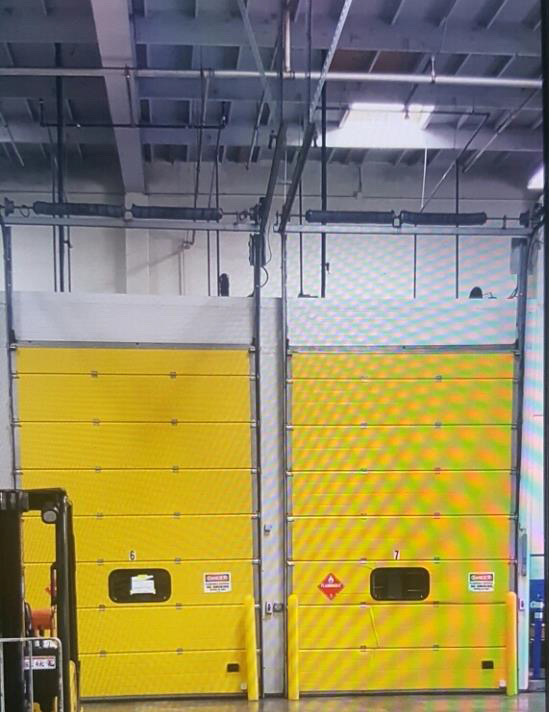For commercial sliding doors, the choice of extruded versus drawn materials is an important consideration. Both methods have their own advantages and disadvantages, and understanding the differences between the two can help you make an informed decision. In this article, we’ll explore the differences between extruded and drawn commercial sliding doors and the advantages of each.
Extrusion and drawing are two common methods for manufacturing sliding doors for commercial use. Extrusion involves forcing material, usually aluminum, through a die to form a specific shape or profile. Drawn materials, on the other hand, are obtained by pulling materials such as aluminum through a mold to obtain the desired shape. Both methods have unique characteristics and are suitable for different applications.
Extruded commercial sliding doors are known for their uniformity and consistency in shape and size. The extrusion process can create complex and intricate designs with precision, making it ideal for commercial applications where aesthetics and design flexibility are important. Additionally, it is generally more cost-effective to produce extruded doors in high volumes, making them a popular choice for commercial projects with high door volumes.
Drawn commercial sliding doors, on the other hand, are known for their superior strength and durability. The drawing process adjusts the material’s grain structure to produce a stronger, more resilient product. This makes sliding doors an excellent choice for high-traffic commercial environments, where durability and longevity are key considerations. Additionally, sliding doors are generally more resistant to corrosion and wear, making them suitable for outdoor and industrial applications.
When it comes to aesthetics, both extruded and drawn commercial sliding doors are available in a range of finishes and customization options. Extruded doors can be finished in a variety of coatings and colors to achieve the desired look, while drawn doors can also be customized to meet specific design requirements. Whether it’s a sleek modern finish or a more traditional look, extruded and drawn doors can be customized to suit the aesthetic preferences of your commercial space.
Both extruded and drawn commercial sliding doors are easy to use and extremely low maintenance when it comes to installation and maintenance. Aluminum’s lightweight nature makes both types of doors easy to operate and install, while its rust- and corrosion-resistant properties reduce the need for frequent maintenance. This makes them a practical choice for commercial environments, where efficiency and low maintenance costs are important factors.
In summary, the choice between extruded commercial sliding doors and drawn commercial sliding doors ultimately depends on the specific requirements of the commercial space. Extrusion doors offer design flexibility and cost-effectiveness, making them suitable for projects where aesthetics and budget are key considerations. Sliding doors, on the other hand, offer superior strength and durability, making them ideal for high traffic and demanding commercial environments.
Ultimately, both squeeze and pull commercial sliding doors have their own unique advantages, and the decision should be made based on the specific needs and priorities of your commercial project. By understanding the differences between the two approaches, businesses can make informed decisions that fit their requirements and budget. Whether it is a modern office building, retail space or industrial facility, the choice between extruded and drawn commercial sliding doors can have a significant impact on the functionality and aesthetics of the space.
Post time: Apr-08-2024

